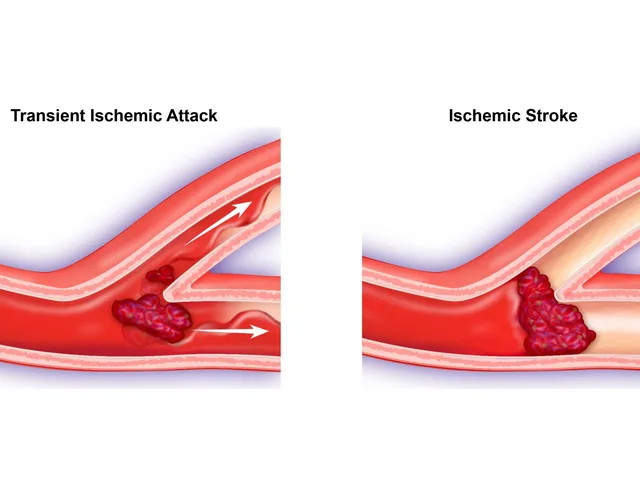Neurontin Alternatives – What Works Best for You?
If you’re taking Neurontin (gabapentin) for nerve pain, seizures, or restless legs, you might wonder whether another drug could suit you better. Common reasons people look for a switch include drowsiness, weight gain, or limited relief. Below you’ll find the most‑used prescription substitutes, a couple of over‑the‑counter ideas, and practical steps for a smooth transition.
Prescription meds that can replace Neurontin
Pregabalin (Lyrica) is the closest cousin to gabapentin. It works the same way on nerve signals but often feels smoother for many patients. Doses start low (75 mg twice daily) and can be increased if needed. Watch for side effects like mild swelling or dizziness, and let your doctor check kidney function before you start.
Carbamazepine (Tegretol) is a classic option for trigeminal neuralgia and some seizure types. It blocks abnormal electrical activity in the brain, offering relief when gabapentin falls short. Blood tests are required early on because the drug can affect liver enzymes.
Lamotrigine (Lamictal) is another seizure‑focused drug that also eases certain nerve‑pain conditions. It needs a slow build‑up over weeks to avoid rash, so be patient and follow the titration schedule your pharmacist provides.
Duloxetine (Cymbalta) isn’t an anticonvulsant, but it’s approved for chronic musculoskeletal pain and diabetic neuropathy. If your main issue is pain rather than seizures, a daily pill of duloxetine (usually 30–60 mg) can cut down on both symptoms and the mood swings that sometimes accompany nerve pain.
Topiramate (Topamax) is an off‑label pick for some neuropathic pain sufferers. It can cause tingling or a “brain fog” feeling, so start at a low dose and monitor how you feel. Your doctor will adjust based on response and side‑effect tolerance.
Non‑prescription options & lifestyle tweaks
While prescription meds are the backbone of treatment, a few over‑the‑counter moves can boost results. Capsaicin cream applied to the painful area can desensitize nerves after a few weeks of use. Alpha‑lipoic acid supplements (600‑800 mg daily) have some evidence for diabetic neuropathy and are easy to add to a daily routine.
Exercise may sound simple, but low‑impact activities like swimming, yoga, or brisk walking improve blood flow and reduce nerve irritation. Pair this with a balanced diet rich in omega‑3 fatty acids (found in fish, flaxseed, walnuts) to support nerve health.
Before you ditch Neurontin, talk to your prescriber. A typical switch plan involves tapering gabapentin over 1–2 weeks while introducing the new drug at a low dose. This reduces withdrawal symptoms such as anxiety or insomnia. Keep a symptom diary: note pain levels, sleep quality, and any new side effects. Bring that record to your next appointment – it helps the doctor fine‑tune the dose fast.
Remember, every body reacts differently. What works for a neighbor may not fit you, so stay patient and keep communication open with your healthcare team. With the right alternative and a few lifestyle tweaks, you can reclaim comfort without the unwanted side effects of Neurontin.





